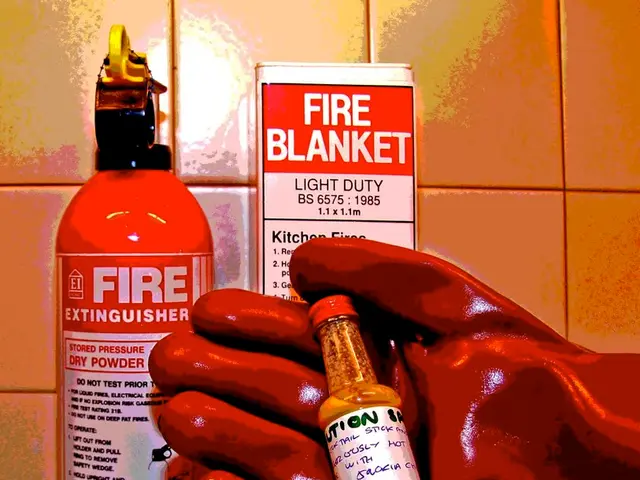Dodge Drowsiness: A Driver's Guide to Staying Alert Behind the Wheel
How to handle drowsiness while driving? - When driving becomes exhausting, consider these options:
Navigating the open road can be enjoyable, but prolonged driving can lead to driver fatigue - potential danger for any motorist. Here's how to avoid dozing off and handle those sleepy spells.
Catching the Warning Signals
As a driver, it's crucial to recognize when you're feeling drowsy. Signs include sustained yawning, difficulty focusing, and difficulty keeping your vehicle on track. If you can't recall the last few miles, or find yourself unintentionally speeding up or slowing down — these are clear warning signs of drowsiness.
Taking a Break
Experts advise taking a break every two hours or 100 miles to stretch, walk, or catch some fresh air to improve your circulation. A short nap of 15 to 20 minutes can work wonders on a parking lot, although caffeine drinks offer only short-term help. Loud music and open windows are no substitute for a quick nap when you're feeling weary.
The Danger Zone: Tiredness and Accidents
Fatigue behind the wheel means an increased accident risk. A driver who nods off for just five seconds covers around 140 meters at 100 km/h without realizing it. Modern cars come equipped with safety features like drowsiness detection, emergency braking, and lane-keeping assistance systems to help prevent accidents due to driver tiredness.
Beat the Risk, Stay Awake
Drowsy driving accidents are all too common, claiming lives or causing injuries. To avoid falling asleep at the wheel, follow these tips:
- Take preemptive measures
- Get adequate sleep and rest before embarking on a drive. Aim for at least 7.5 hours of sleep.[1]
- Take regular breaks
- Every two hours or 100 miles, pull over to stretch, walk, or get some fresh air.
- Share the responsibility
- If possible, split driving duties with another driver.
- Stay hydrated
- Drink plenty of water and limit consumption of stimulants like coffee.
- Maintain a comfortable environment
- Keep the car cool and well-ventilated, avoiding overly warm or quiet conditions.[1]
- Embrace technology and training
- Utilize driver-monitoring systems and driver training programs.[3]
- Cultivate a safety-focused culture
- Prioritize driver safety and encourage rest breaks.
For professional drivers:
- Adhere to Regulatory Hours of Service (HOS)
- Stick to the mandatory rest periods and driving hours to reduce fatigue.[4]
- Boost comfort
- Invest in ergonomic seating for long drives.[5]
- Maintain a consistent sleep routine
- Establishing a regular sleep schedule helps stabilize circadian rhythms.
With these strategies, you can minimize the risk of accidents caused by fatigue and reach your destination safely.
- Driver Fatigue
- Drowsiness
[1] https://www.adac.de/a/faq/_public/public/roadsafety/item/safety-faqs/item/how-can-i-avoid-drowsiness-
[2] https://www.aaafoundation.org/driver-safety/drowsy-driving
[3] https://www.safetyresearchelab.purdue.edu/drowsy/
[4] https://qz.com/534173/driving-too-tired-is-really-dangerous/
[5] https://www.truckersreport.com/fighting-fatigue/
- Incorporating vocational training programs could assist professional drivers in understanding and mitigating the risks associated with driver fatigue, enhancing their overall health-and-wellness.
- To further reduce the risk of accidents due to driver tiredness, modern communities could implement science-based policies that promote fitness-and-exercise as a means of maintaining overall alertness and well-being.
- While driving, it's essential to stay aware of general news and recent developments related to car-accidents and accidents to better inform oneself about prevention methods and stay vigilant behind the wheel.








